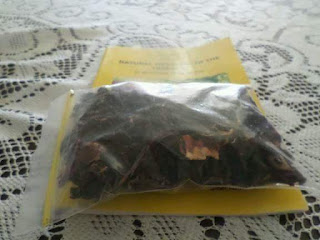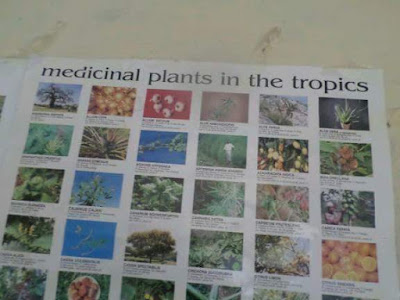Reinspikka universal hudkrem
Ikkje smør på huda noko du ikkje kan ete; kjemikaliar trekkjer inn i kroppen, og cocktaileffekten av alle uheldige ting vi blir utsette for kvar dag kan totalt sett vere sjukdomsframkallande. Element for element kan bytast ut mot eit meir giftfritt liv. Hudkremen min er næringsrik erstatning for mange av produkta på badet, og er dermed ein av dei ytterst få tinga som fins i mitt baderomsskåp.
Do not use on your skin something that is not recommended to eat/ might be harmful to ingest; the cocktail effect of all harmful things you expose your body to might become pathogenic. This moisturizer is a nutritious substitute for many of the bottles and containers in your bathroom cabinet and is therefore one of veeery few items of my vanity case.
Do not use on your skin something that is not recommended to eat/ might be harmful to ingest; the cocktail effect of all harmful things you expose your body to might become pathogenic. This moisturizer is a nutritious substitute for many of the bottles and containers in your bathroom cabinet and is therefore one of veeery few items of my vanity case.
Bruksområde:
- som vanleg fuktigheitskrem (dag/natt) (as moisturizer day/night)
- ved eksem: kan virke både lindrande og behandlande på kløande, raud, tørr hud/ med sprekkdannelsar (relieve itchy, dry, red, cracking skin / treat eczema)
- som ettersolkrem (som solkrem brukar vi rein kokosolje, som har naturleg solfaktor på 8-9) (after sun)
- vinterkrem for dei små (winter time skin protector)
- som skjegg-og hårolje (beard-and hair oil/moisturizer)
- kort sagt til alt der formålet er å gje hud og hår næring og pleie. (as general nutrition hair/skin)
Eg har framleis lite lager av kremen min og lagar på bestilling så det er berre å ta kontakt. Like enkelt er det for dokke å lage sjøl. Så - her er den gullegode oppskrifta mi:
~~~~
REINSPIKKA UNIVERSAL HUDKREM
- moisturizer, hair- and skindoctor
50 g bivoks (eng. bees wax), kjøpast t.d hos din lokale birøktar eller hos Honningcentralen
50 g øko kokosolje (eng. coconut oil)
1 dl øko kaldpressa olivenolje (eng. olive oil) -alt. øko aprikoskjerne-/mandel-/avokado
15 g sheasmør (ved tørr hud) eller 15 g kakaosmør (v normal hud - aberet er at du muligens luktar sjokolade v å benytte sistnemnde) (eng. 15 g of sheabutter (dry skin) or cocoabutter (normal skin))
20-30 dråpar oljeessens (eng. essential oil, e.g lavender) -eg brukar oftast øko høgfjellslavendel
(fire siste ingrediensar kjøpast på din lokale helsekostbutikk)
1) Kok opp vatn i ei gryte.
(eng.: boil water)
2) Skru av plata. Putt alle ingrediensar utanom oljeessens i bolle av glas eller stål, og sett det til vannbad-smelting i gryta. Visp litt innimellom for å fordele varmen og hjelpe til på smeltinga. La IKKJE blandinga koke eller bli varmare enn høgst nødvendig for å få smelta ingrediensane.
(eng. mix all ingredients except from the essential oil in a glass or steel bowl. Place the bowl in the water bath and leave to melt, stirring it from time to time)
3) Ta bollen ut av vannbadet og sett på kjøkenbenken en halvtimes tid - kremen skal då ha stivna. Tilsett oljeessens og visp kremen kraftig med miksar.
(eng. when melted: place the bowl on your counter, leave to cool. After half an hour: add essential oil of your choice and whip thoroughly until the mass gets a more 'moisturizer like' substance. Aaaaand - then you're done! :-) )
Tadaaa - ferdig!
~~~
Ved bruk kan ein oppleve at kremen inneheld små korn. Smelt dei i hendene ilag med kremen før bruk på hud/hender/hår.
(You might notice small 'grains' in your moisturizer. Melt these in your hands along with the moisturizer before applying to hair/skin)
Lykke til! Good luck!:-D



























